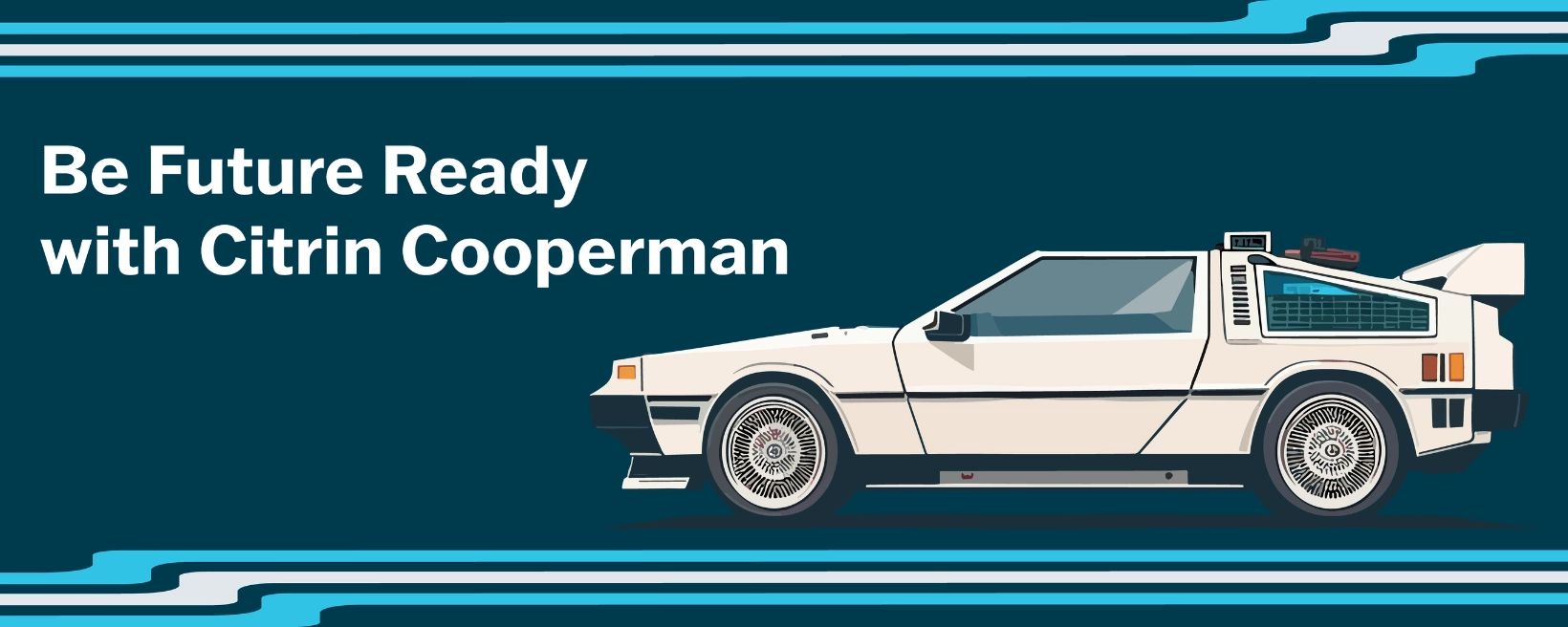Where We're Going, We Don't Need UIs
For those immersed in the Power Platform ecosystem, the trajectory has been clear: a steady evolution toward democratization. From low-code applications to no-code workflows and AI copilots, the tools have increasingly empowered business users to build, automate, and analyze without deep technical expertise. Yet today, we stand at the threshold of a more profound transformation — one that renders even the most refined user interface obsolete.
Because where we’re going, we don’t need UIs (user interfaces).
From UIs to Intent
Historically, software has centered on interfaces — screens, buttons, forms, and dropdowns. The user experience was synonymous with the product. But artificial intelligence is reshaping that paradigm. The emergence of agentic systems, where software not only responds but acts, signals a shift from interaction to intention.
In this new model, language becomes the interface.
Users should not need to launch an application to request a sales forecast, reassign tasks, or approve expenses. They should simply articulate their intent:
“Summarize my open opportunities over $50K that are stuck in stage two and send them to the sales director.”
The system, powered by large language models (LLMs), connectors, and orchestration frameworks, executes the request seamlessly.
MCP Servers: The New Control Plane
If Power Platform is the engine of business democratization, Model Context Protocol (MCP) servers are the transmission — translating natural language into deterministic business actions.
MCP servers act as the capability and policy layer for agentic systems. While the LLM interprets user intent, the MCP server exposes structured tools and enforces governance to ensure actions are safe, auditable, and compliant. This architecture decouples intent interpretation from action enforcement.
Rather than designing dozens of screens, solution architects define capabilities (e.g., “update due dates,” “generate invoices,” “check compliance”) and policies (e.g., “only if status = approved,” “respect spending limits,” “log every change”). Agents dynamically route requests to these capabilities.
The result? Intelligent orchestration replaces traditional CRUD forms and data grids.
Goodbye UI Fatigue, Hello Invisible Apps
Modern enterprises are inundated with business applications including HR portals, CRM systems, finance dashboards, expense tools, and ticketing platforms, each with its own interface, authentication flow, and learning curve. While integration challenges have largely been addressed, contextual fragmentation remains.
Agentic Power Platform solutions invert this model. Instead of users navigating disparate interfaces, the application surfaces within familiar channels such as Teams, Outlook, chat, or voice.
A Power Automate flow becomes a conversation. A Dataverse table becomes a reasoning substrate. The application itself fades into the background, while the business logic remains portable, discoverable, and reusable.
This is the invisible layer of the modern enterprise: a mesh of AI-powered, MCP-governed agents collaborating on behalf of the user.
The Developer’s New Role: Designing Thought, Not Screens
This evolution does not diminish the role of developers — it redefines it.
Rather than crafting forms and layouts, Power Platform developers will architect ontologies, policies, and intent vocabularies. They will effectively teach the enterprise how to think.
Power Fx expressions and Dataverse schemas remain foundational but now serve as knowledge anchors for AI reasoning. The new craft lies in prompt engineering, capability modeling, and constraint definition — not pixel-perfect design. The emerging mantra:
“Don’t build apps. Build agents that understand your business.”
A Glimpse of What’s Next
This shift from screen-based interaction to intent-driven orchestration is not a distant vision or theoretical concept. It’s already happening. The core building blocks are in place, and forward-thinking teams are actively exploring agentic patterns that change how business logic is defined, governed, and executed by utilizing:
- Copilot Studio to enable the mapping of natural-language intents to Power Automate flows
- Model Context Protocol (MCP) to expose capabilities and enforce guardrails for AI-driven actions
- Dataverse to provide a unified data ontology for precise LLM reasoning
- Microsoft Fabric to offer shared analytical memory and observability for agentic systems
Together, these components form a new pattern: interfaces dissolve, but capabilities expand.
With our proprietary integration IP, we’re already connecting Power Platform to systems like NetSuite — enabling users to ask questions and get answers directly from NetSuite, all through natural language.
So, the next time someone requests a dashboard, consider asking:
“What if the dashboard could talk back?”
Because in the Power Platform of tomorrow, the most powerful interface won’t reside on a screen — it will live in the conversation.
Be Future Ready with Citrin Cooperman
If this vision resonates — if you’re beginning to imagine how intent-driven, UI-less interaction could transform your organization — we invite you to connect. Our team is actively collaborating with organizations to explore AI agents, MCP architecture, and the Power Platform ecosystem, from early-stage prototypes to strategic roadmaps.
Whether you're ready to experiment or simply curious about what’s possible, start a conversation with our skilled Microsoft professionals.





